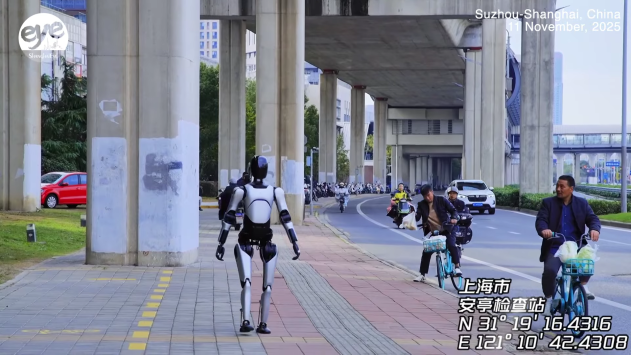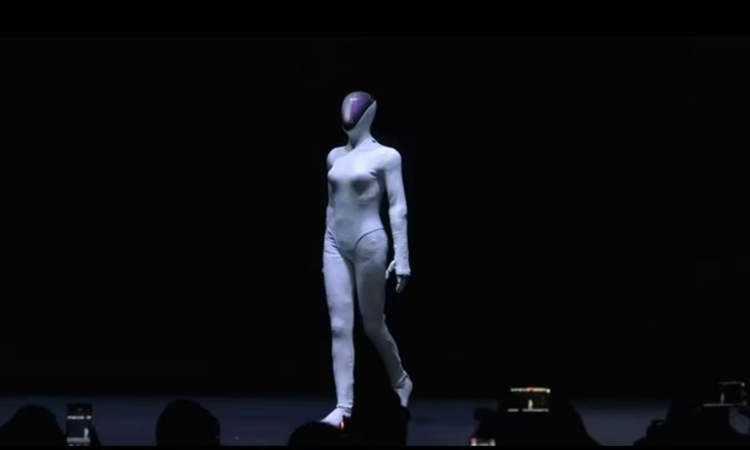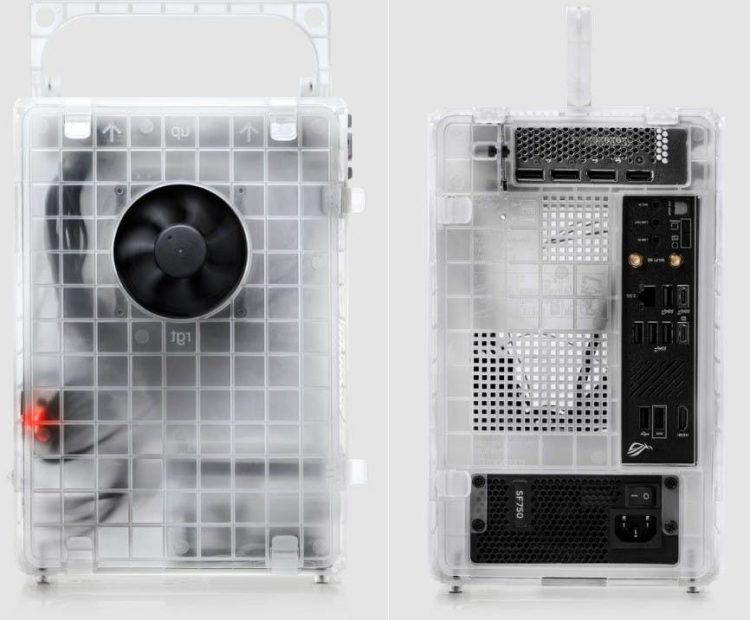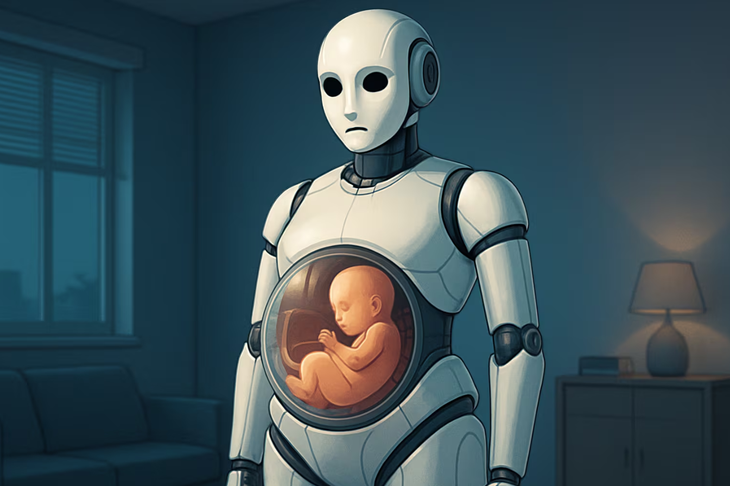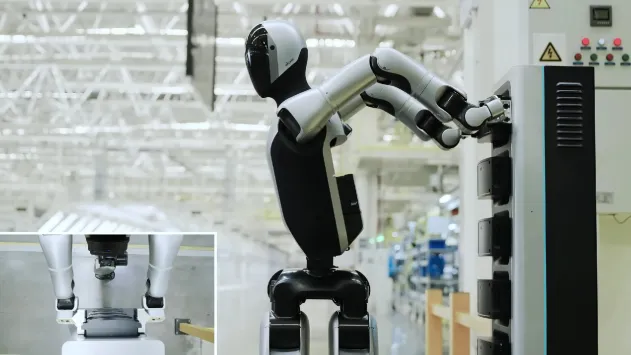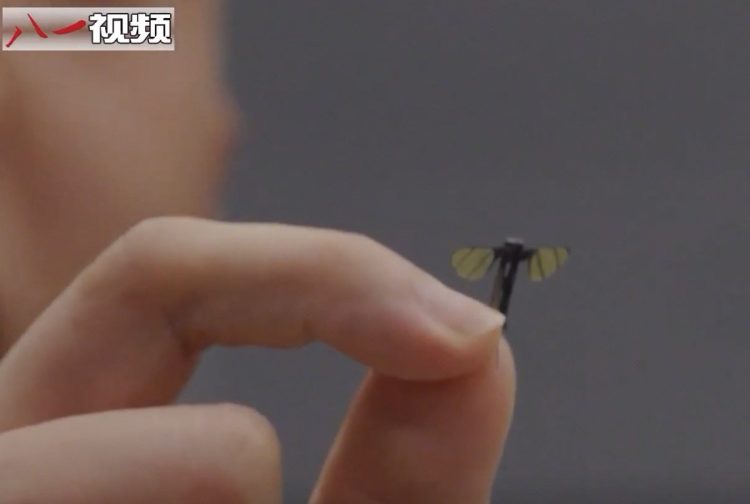‘Dead Drops’, a five-year-old project created by Berlin media artist Aram Bartholl, is probably the world’s most amazing file sharing network. It consists of USB flash drives embedded into walls, buildings and curbs all over the world. Anyone is welcome to hook up their laptops or smartphones to these drives, to drop or download files, or expand the network by embedding USB memory sticks in any old, crumbling wall in their own city.
The premise of the project is rather simple – just cement a USB stick into a wall with the port protruding, and post its location with photographs on the central Dead Drops database. Bartholl said that he created the project as a way to ‘un-cloud’ file sharing. “Dead Drops is an anonymous, offline, peer to peer file-sharing network in public space,” the project manifesto states.
Bartholl was a resident at the Eyebeam Art and Technology Center in Manhattan, when he started Dead Drops, in 2010. His idea was based on a technique used by spies to pass items between them using a secret location. ‘Dead Drop’ meant that the people sharing files would never meet face to face. He started off by embedding five drives in different walls around New York City, and posting images of these locations on Flickr.
He then created a Dead Drops website with the locations of existing USB drives as well as instructions on how to install other thumb drives into walls. According to the page, people need to first find or create a hole in a wall using a screw driver. Then, crack open the USB drive’s plastic case with a flat putty knife. Wrap the drive in waterproof tape and then place it in the hole, with only the port is exposed. Then use fast-setting concrete to cement the stick into the crack or hole.
Initially, Dead Drops primary users were musicians who used it to share their tracks. But over the years, the project has grown to include a plethora of file types, including movies, games, television shows and comics. Some people even share family videos or photos and art projects. The drives are of varying capacities, starting as low as 64MB. The largest one so far was is in Sydney – a 120GB drive installed by a Dead Dropper who claims to be a ‘Chinese exchange student hoping to help’.
“It’s about making people think about how we live online and how we live as social beings,” Bartholl said in 2010. “It’s to have people think about relations, what we do online every day, and how things have changed over the past 10 years (since 9/11). And, it somehow turns the whole building into a drive.”
“I think it’s attractive for large groups of people because it has the air of spying but also geo caching,” he added. “It’s about making people think about how we live online and how the internet is changing the whole sphere of how we live as human beings.”
Security is undoubtedly a major concern with such public data loading/unloading points, but Bartholl pointed out that similar risks exist with the internet too. “If I handed you a USB drive, you’d plug it in,” he said. “But because it’s on the street, it makes us think very differently about it. It’s a lot about perception.”
A few months ago, Bartholl updated the Dead Drops database, which allowed users to find Dead Drop locations and check on their status. The database now numbers over 1,200 locations across the globe – from New York to Paris and even Vietnam. By the look of it, the project is very much alive and running smoothly even after five years since its inception.
Sources: Computer World, Messy Nessy Chic









